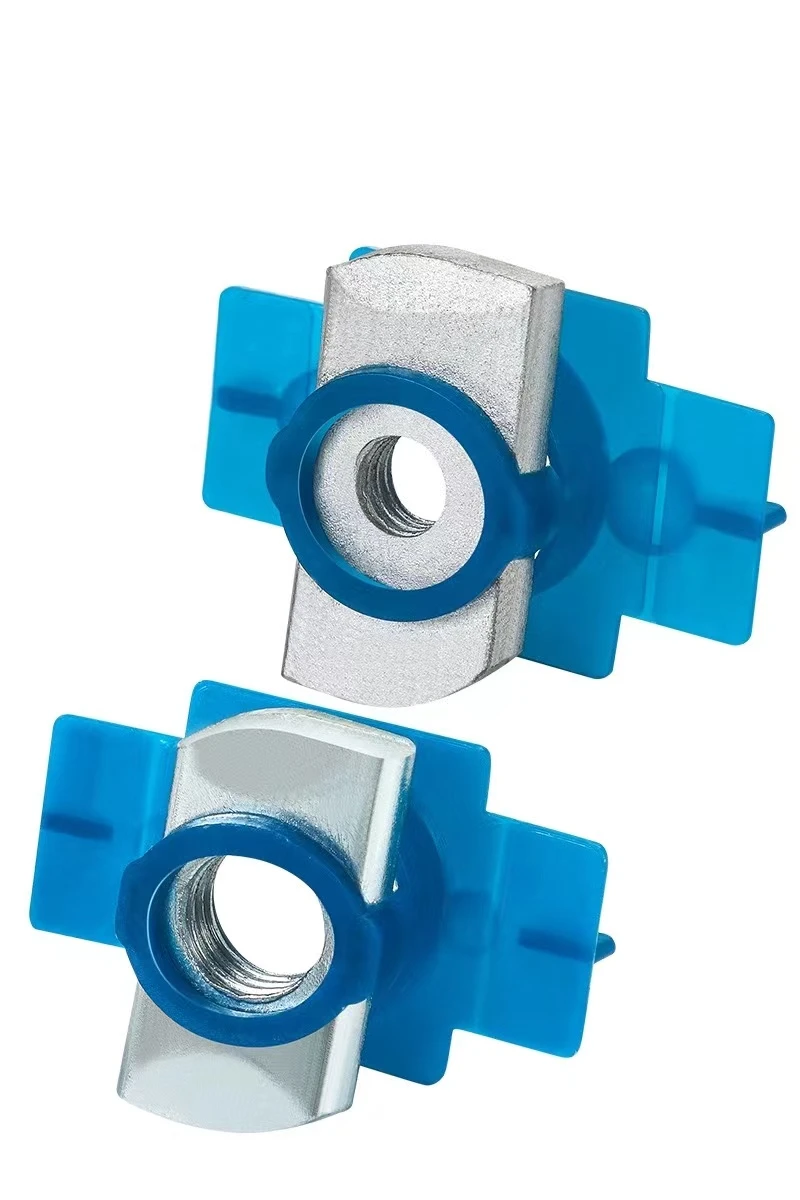

hex nut flange
Oct . 19, 2024 04:43 Back to list
hex nut flange
Understanding Hex Nut Flanges A Comprehensive Guide
Hex nut flanges are critical components in various engineering and industrial applications, playing a vital role in securing and stabilizing connections between mechanical parts. This article delves into the fundamental aspects of hex nut flanges, their design, applications, and benefits.
What is a Hex Nut Flange?
A hex nut flange is a combination of a hexagonal nut and a flange, designed to provide a stable and secure fastening solution. The hexagonal shape allows for easy gripping with standard tools, such as wrenches, facilitating the tightening or loosening of the nut. The flange, typically integrated into the nut, extends outward, creating a larger surface area that distributes the load across the connected components. This design minimizes the risk of damage and ensures a more reliable connection.
Key Features and Design
The design of a hex nut flange usually incorporates several critical features
1. Hexagonal Shape The six-sided shape is standardized, allowing for compatibility with various tools and making it easier to install and remove.
2. Flange Design The flange acts as a bearing surface, reducing the possibility of the nut loosening due to vibrations and movement during operations.
3. Material Hex nut flanges are commonly made from durable materials like stainless steel, carbon steel, or brass, depending on the application's required strength and resistance to corrosion.
4. Thread Type These flanges can be manufactured with various thread types, such as coarse and fine threads, accommodating different applications and load specifications.
Applications of Hex Nut Flanges
Hex nut flanges find usage in numerous industries due to their robust nature and reliability
. Some common applications includehex nut flange

1. Construction In structural frameworks, hex nut flanges are used to secure beams, columns, and other critical components, ensuring stability and strength in buildings and infrastructure projects.
2. Manufacturing In machine assembly, hex nut flanges are vital for holding together various parts, from machinery to automotive components, contributing to the overall operational efficiency.
3. Plumbing and HVAC They are often employed in piping systems and ventilation, ensuring leak-proof and secure connections between pipes and fittings.
4. Aerospace and Automotive Hex nut flanges are crucial in aerospace and automotive applications, where safety and performance are paramount. They provide strong connections that can withstand high stress and vibration.
Benefits of Using Hex Nut Flanges
There are several benefits to utilizing hex nut flanges in applications
1. Enhanced Load Distribution The flange design helps distribute the load more evenly, reducing stress concentrations and the possibility of component failure.
2. Resistance to Vibration The increased surface area provided by the flange helps to resist loosening caused by vibrations, making them ideal for dynamic environments.
3. Ease of Use The hexagonal shape allows for quick installation and removal, which can be crucial in time-sensitive operations.
4. Versatility The adaptability of hex nut flanges to various materials and configurations enables them to be used across a wide range of industries and applications.
Conclusion
In summary, hex nut flanges are indispensable components in countless applications, providing secure connections and enhancing the structural integrity of assemblies. Their design, material versatility, and ability to resist vibration make them a preferred choice for engineers and manufacturers alike. Understanding their features and applications can help industries optimize their designs, ensuring safety, performance, and longevity in their mechanical systems. Whether in construction, manufacturing, plumbing, or aerospace, hex nut flanges remain a fundamental aspect of modern engineering solutions.
Latest news
-
High-Strength Hot-Dip Galvanized Bolts-Hebei Longze|Corrosion Resistance&High Strength
NewsJul.30,2025
-
Hot Dip Galvanized Bolts-Hebei Longze|Corrosion Resistance&High Strength
NewsJul.30,2025
-
Hot Dip Galvanized Bolts - Hebei Longze | Corrosion Resistance, High Strength
NewsJul.30,2025
-
High-Strength Hot Dip Galvanized Bolts-Hebei Longze|Corrosion Resistance, Grade 8.8
NewsJul.30,2025
-
Hot Dip Galvanized Bolts-Hebei Longze|Corrosion Resistance,High Strength
NewsJul.29,2025
-
High-Strength Hot Dip Galvanized Bolts - Hebei Longze Metal Products Manufacturing Co., Ltd.|corrosion resistance&high strength
NewsJul.29,2025

